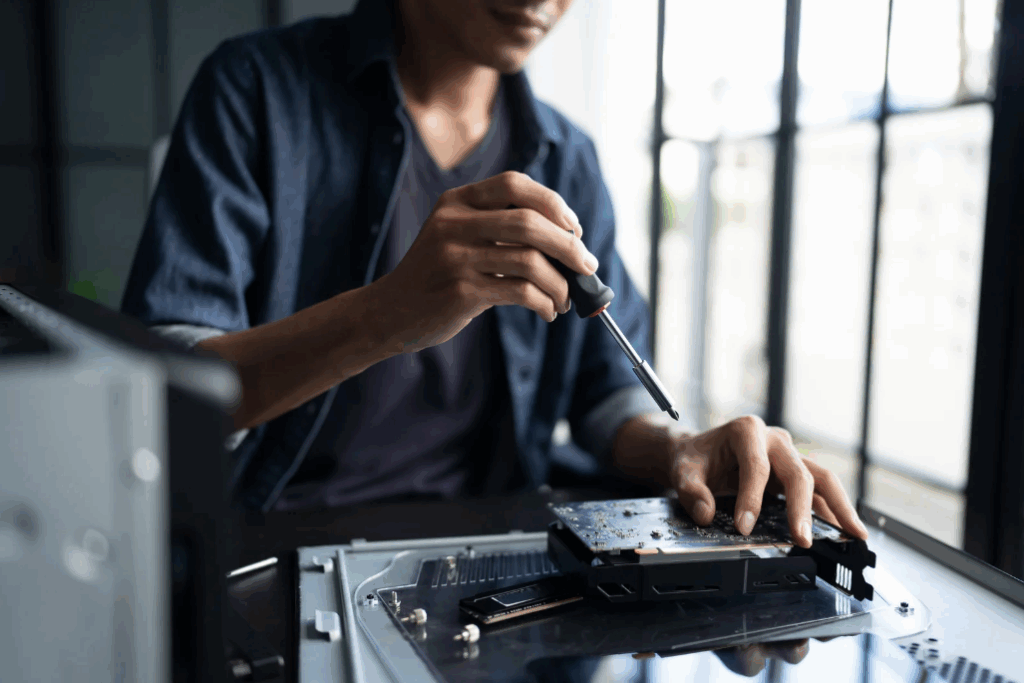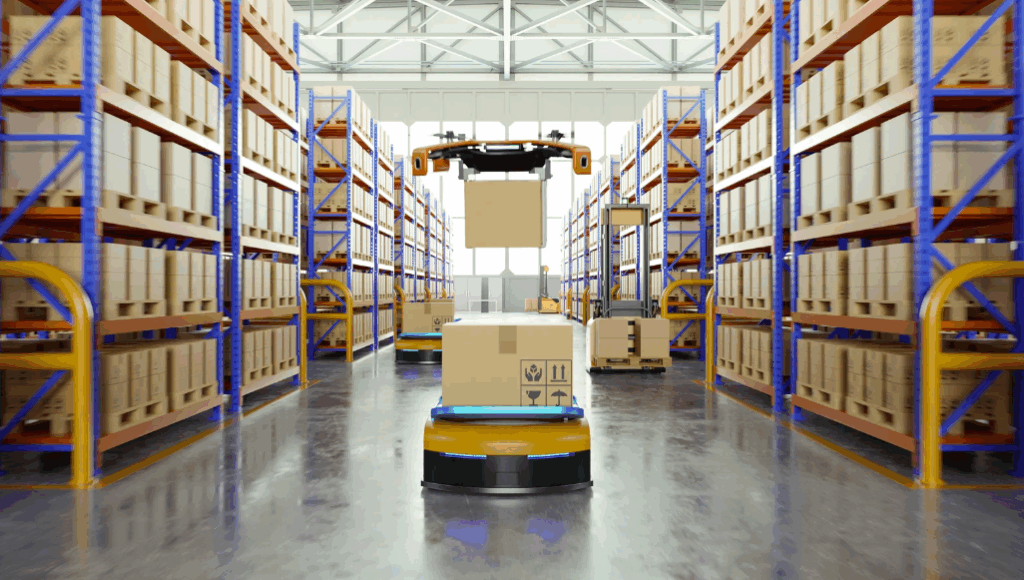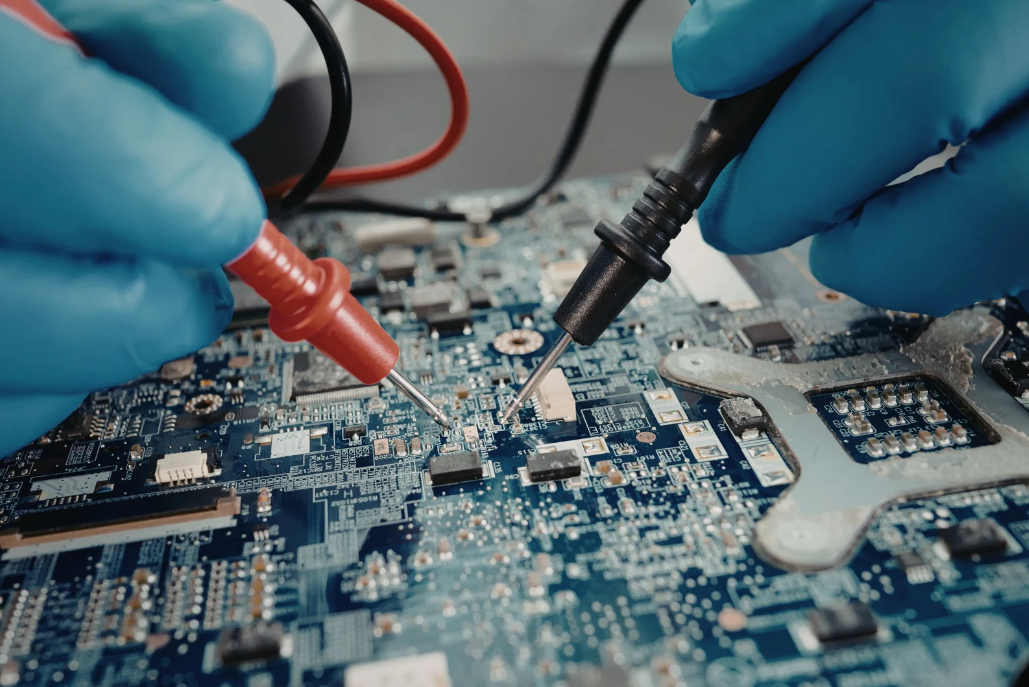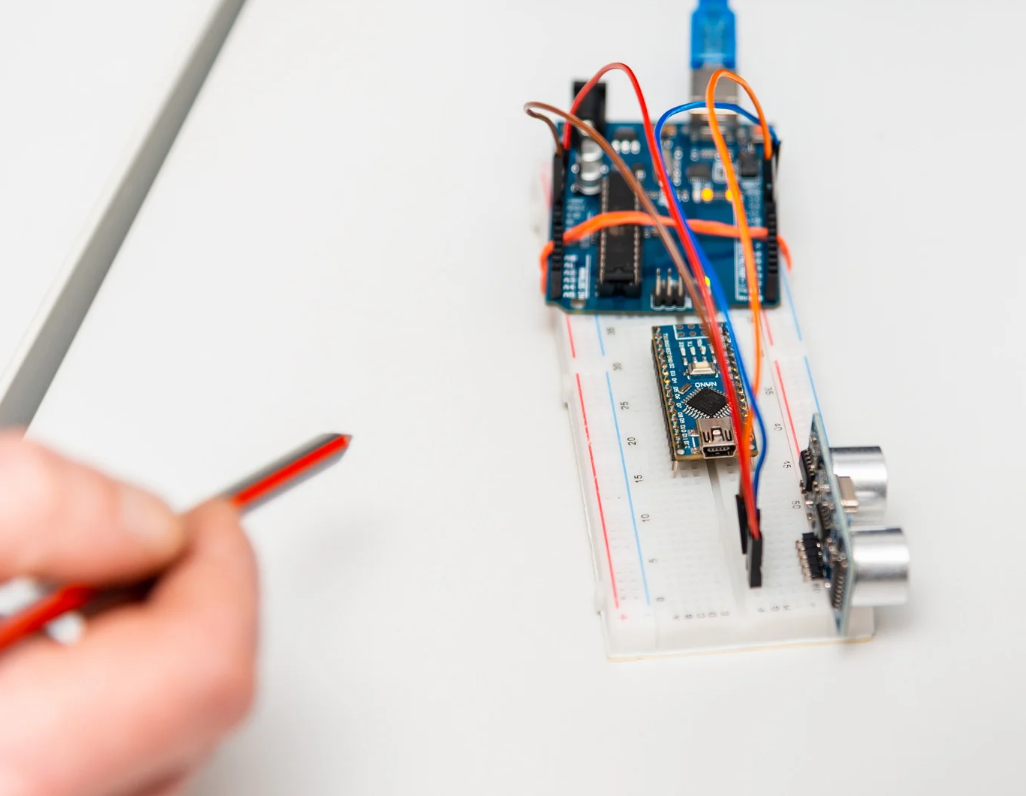Piezoelectric technology is pretty cool. It’s used in all sorts of things, from sensors to actuators. But before you pick a manufacturer, it’s good to know the basics. Let’s get into it.
What is the Piezoelectric Effect?
Okay, so what is the piezoelectric effect? Basically, it’s when some materials generate electricity when you squeeze them, or conversely, change shape when you apply electricity. It’s a two-way street. Some materials, when you put pressure on them, will create a voltage. And if you apply a voltage, they’ll physically move. This is super useful for making things that need to be very precise, like sensors or tiny motors.

How to Achieve the Piezoelectric Effect
So, how do you actually get the piezoelectric effect? It’s not like every material does this naturally. You need a specific crystalline structure. Here’s a few things to keep in mind:
- Material Selection: Not all materials are piezoelectric. Quartz is a classic example, but there are also special ceramics that are really good at it. Choosing the right material is step one.
- Poling: Many piezoelectric ceramics need to be “poled.” This means applying a strong electric field to align the tiny electrical domains inside the material. Think of it like magnetizing a piece of metal.
- Orientation: The direction you apply the force or electric field matters. Piezoelectric materials are anisotropic, meaning their properties change depending on the direction.
Understanding how to achieve the piezoelectric effect is important for designing effective devices. Factors like material composition, poling conditions, and crystal orientation all play a role in the final performance. It’s not just about slapping some material together and hoping for the best.
Classification of Piezoelectric Ceramics by Structure
Piezoelectric ceramics come in different flavors, depending on their structure. These structural differences affect their performance characteristics. Here’s a quick rundown:
- PZT (Lead Zirconate Titanate): This is the most common type. It has high sensitivity and is used in a wide range of applications. However, lead is toxic, so there’s a push for lead-free alternatives.
- Lead-Free Ceramics: These are becoming more popular due to environmental concerns. Examples include barium titanate and sodium potassium niobate. They might not perform quite as well as PZT, but they’re getting there.
- Single Crystal Piezoelectrics: These offer superior performance compared to ceramics, but they’re also more expensive and harder to manufacture. They’re used in high-end applications where performance is critical. For example, piezoelectric transducers often use these materials for enhanced sensitivity.
Here’s a table summarizing the key differences:
| Ceramic Type | Composition | Pros | Cons |
| PZT | Lead Zirconate Titanate | High sensitivity, widely available | Contains lead (toxic) |
| Lead-Free | Barium Titanate, etc. | Environmentally friendly | Lower sensitivity compared to PZT |
| Single Crystal | Various | Superior performance, high sensitivity | Expensive, difficult to manufacture |
Key Factors in Selecting a Piezo Manufacturer
Choosing the right piezo manufacturer is a big deal. It can seriously impact the success of your project. There are a few things you really need to think about before making a decision. Let’s break down the key factors.
Quality of Materials and Components
The quality of the materials used in piezoelectric components directly affects their performance and how long they last. You want materials that will hold up under pressure (literally!). Cheaper materials might save you money upfront, but they could lead to failures and replacements down the road. Look for manufacturers who are transparent about their sourcing and testing processes. It’s worth paying a bit more for peace of mind.
Customization Capabilities
Not every project is the same. Sometimes you need something special. Does the manufacturer offer customization? Can they tweak their products to fit your specific needs? This is especially important if you’re working on a unique application or need a specific size, shape, or performance characteristic. A manufacturer with strong customization capabilities can be a huge asset.
Reliability and Performance Standards
Reliability is key. You need to know that the components you’re getting will work consistently and meet the required performance standards. Ask about their testing procedures and quality control measures. Do they have certifications? What’s their track record like? A manufacturer with a solid reputation for reliability will save you headaches in the long run. Consider these points:
- What is the expected lifespan of their components?
- What are the operating conditions they are designed for?
- What kind of quality control do they have in place?
It’s important to remember that the cheapest option isn’t always the best. Investing in quality and reliability upfront can save you money and frustration in the long run. Don’t be afraid to ask tough questions and do your research before making a decision.
Evaluating Manufacturer Expertise and Support
It’s easy to focus on the physical product, but don’t forget the people behind it! A good piezo manufacturer isn’t just about churning out parts; it’s about providing the knowledge and assistance you need to succeed. Let’s look at what to consider when evaluating a manufacturer’s support system.
Technical Support and Assistance
When you’re working on a complex project, you’re bound to run into questions. Does the manufacturer have a readily available team of engineers or technical experts? Can they help you with design challenges, material selection, or troubleshooting? The level of technical support can significantly impact your project’s timeline and success. Look for manufacturers who offer design consulting and are willing to go the extra mile to help you find the right solution.
After-Sales Service and Warranty
What happens after you receive your order? A reliable manufacturer will stand behind their products with a solid warranty and responsive after-sales service. Do they offer troubleshooting assistance? What’s their process for handling returns or replacements? Make sure you understand their policies before committing to a purchase. After-sales support is essential for addressing any issues that may arise post-purchase. A reliable supplier will offer comprehensive support, including troubleshooting, repairs, and replacements. Ensure that the supplier has a dedicated team to assist you with any concerns.
Industry Experience and Specialization
How long has the manufacturer been in the piezo business? Do they specialize in a particular type of piezo material or application? A manufacturer with extensive industry experience is more likely to have the knowledge and resources to meet your specific needs. They’ve probably seen it all before and can offer valuable insights based on their past experiences. Look for a manufacturer with a proven track record and a deep understanding of the piezoelectric effect.
Choosing a piezo manufacturer is a big decision. Don’t be afraid to ask questions, request samples, and thoroughly evaluate their expertise and support capabilities. The right partner can make all the difference in the success of your project.

Comparing Costs and Value Among Piezo Manufacturers
Initial Costs Versus Long-Term Value
When you’re picking a piezo manufacturer, it’s easy to just look at the price tag. But that’s not the whole story. You really need to think about the long game. Sometimes, spending a bit more upfront for better materials can actually save you money down the road. Think about it: cheaper stuff might break faster or not work as well, meaning you’ll be replacing it sooner. High-quality piezo actuators might cost more initially, but they can last longer and give you better performance, which is a win in the end.
Bulk Order Discounts and Pricing Models
If you’re buying a bunch of piezo components, definitely ask about discounts. Lots of manufacturers will cut you a deal if you’re ordering in bulk. It’s worth shopping around and comparing what different suppliers offer. You might be surprised at how much you can save. Also, pay attention to their pricing models. Some might have tiered pricing based on volume, while others might offer custom quotes for large orders. Don’t be afraid to negotiate!
Cost-Benefit Analysis of High-Quality Materials
Is it worth it to pay extra for high-quality materials? That’s the big question. Here’s how I usually think about it:
- Performance: Will better materials give you better results? If you need super accurate or reliable performance, it might be a no-brainer.
- Lifespan: How long do you need these components to last? If it’s a short-term project, maybe you can get away with cheaper stuff. But if you need them to last for years, quality matters.
- Maintenance: Will cheaper materials require more maintenance or repairs? That can add up over time.
It’s all about finding the sweet spot where you’re getting the performance you need without breaking the bank. Consider the total cost of ownership, not just the initial price. Think about potential downtime, replacement costs, and the impact on your overall product or system. Sometimes, spending a little more upfront can save you a lot of headaches later on.
Assessing Production and Delivery Capabilities
It’s easy to get caught up in the technical specs of piezo materials, but don’t forget the practical side! Can the manufacturer actually make what you need, and get it to you on time? This section looks at what to consider when assessing a manufacturer’s production and delivery capabilities.
Manufacturing Capacity and Scalability
First, figure out if the manufacturer can handle your project’s volume. Do they have the equipment and personnel to meet your current needs, and can they scale up if your project takes off? It’s a good idea to ask about their current production load and their maximum capacity. You don’t want to be stuck waiting months for parts if your demand increases. For example, if you are using piezo stack actuators in a high-volume application, you need to be sure they can keep up.
Consider these points:
- Equipment: What kind of equipment do they have? Is it modern and well-maintained?
- Personnel: Do they have enough skilled workers to handle your order?
- Scalability: Can they easily increase production if needed?
Lead Times and On-Time Delivery
Lead times can make or break a project. Find out what the manufacturer’s typical lead times are for your specific type of piezo component. Also, ask about their on-time delivery record. A manufacturer with a history of late deliveries can cause serious delays in your project.
It’s smart to build some buffer into your project timeline to account for potential delays. Even the best manufacturers can run into unexpected issues. Having a little extra time can save you a lot of stress.
Factors affecting lead times:
- Order Complexity: Custom designs usually take longer.
- Material Availability: Supply chain issues can impact lead times.
- Current Workload: A busy manufacturer may have longer lead times.
Supply Chain Management and Logistics
A reliable supply chain is essential for consistent production and on-time delivery. Ask the manufacturer about their supply chain management practices. Where do they source their materials? Do they have backup suppliers in case of disruptions? How do they handle logistics and shipping? A well-managed supply chain minimizes the risk of delays and ensures a steady flow of materials. Understanding their supply chain management will give you a better idea of their reliability.

Here’s a simple table to illustrate the importance of supply chain considerations:
| Factor | Impact on Production | Impact on Delivery | Mitigation Strategy |
| Material Shortages | Production Delays | Delivery Delays | Diversify suppliers, maintain safety stock levels |
| Shipping Delays | Production Delays | Delivery Delays | Use multiple shipping carriers, track shipments closely |
| Quality Issues | Production Rework | Delivery of Defects | Implement stringent quality control measures |
Ensuring Compliance and Quality Assurance
It’s super important to make sure your piezo manufacturer is up to snuff when it comes to compliance and quality. You don’t want to end up with parts that don’t meet standards or, worse, cause problems down the line. Let’s look at what to keep in mind.
Certifications and Industry Standards
First off, check what certifications and standards the manufacturer has. This is a big deal. It shows they’re serious about quality and following the rules. Look for things like ISO certifications, which mean they have a quality management system in place. Also, see if they meet any industry-specific standards that are relevant to your project. This not only guarantees the quality of the products but also ensures compliance with regulatory requirements.
Quality Control Processes
Dig into their quality control processes. What do they do to make sure their products are good? Do they have multiple checks along the way? Do they test their materials? A good manufacturer will have a detailed quality control process to catch any issues early on. This can affect the quality and reliability of the PZT materials.
Traceability and Documentation
Traceability is key. You want to know where the materials came from and how the parts were made. Good documentation helps with this. It also makes it easier to troubleshoot problems if they come up. A supplier with robust quality control measures can save you time and money by reducing the risk of defective materials.
Making sure your piezo manufacturer is compliant and has good quality control is a must. It can save you headaches and money in the long run. Don’t skip this step!
Building a Strong Partnership with Your Piezo Manufacturer
Finding the right piezo manufacturer is a big deal, but it’s not just about the initial purchase. It’s about building a relationship that benefits both sides in the long run. Think of it as more than just a supplier-customer thing; it’s a partnership where you both work together for the best outcome. This means open communication, clear expectations, and a willingness to adapt and improve over time. A good partnership can lead to better products, smoother processes, and ultimately, more success for your project. You want a manufacturer who’s invested in your success, not just in making a sale.
Effective Communication and Collaboration
Communication is key. Seriously. You need to be able to talk openly with your manufacturer about your needs, your concerns, and any issues that come up. Regular updates and honest discussions are super important. This isn’t just about sending emails; it’s about having real conversations and working together to find solutions. For example, if you’re facing a delay, you want to know about it ASAP, not the day before delivery. The manufacturer should also be proactive in sharing information about new materials, technologies, or process improvements that could benefit your project. This collaborative approach can lead to better designs, more efficient production, and a stronger final product. Consider setting up regular meetings, whether in person or virtual, to keep the lines of communication open and flowing. This helps avoid misunderstandings and builds trust over time. Clear communication is the foundation of any successful partnership, especially when dealing with specialized components like piezoelectric components.
Feedback Mechanisms for Continuous Improvement
It’s not enough to just talk; you also need a way to give and receive feedback. This means setting up systems for evaluating performance, identifying areas for improvement, and tracking progress over time. Think about using surveys, regular check-ins, or even more formal performance reviews. The goal is to create a culture of continuous improvement, where both you and the manufacturer are always looking for ways to get better. For example, you might track key performance indicators (KPIs) like delivery times, product quality, and response times to inquiries. Share this data with your manufacturer and work together to identify areas where they can improve. On the flip side, be open to feedback from the manufacturer as well. They may have insights into your designs or processes that could help you save time or money. This two-way feedback loop is essential for building a strong, long-lasting partnership. Here’s an example of how you might structure a feedback system:
- Regular surveys to gather feedback on product quality and service.
- Quarterly business reviews to discuss performance metrics and identify areas for improvement.
- A dedicated point of contact for addressing any issues or concerns.
Long-Term Relationship Management
Building a strong partnership isn’t a one-time thing; it’s an ongoing process. It requires effort, commitment, and a willingness to invest in the relationship over the long term. This means treating your manufacturer as a strategic partner, not just a vendor. Look for ways to collaborate on new projects, share knowledge and resources, and celebrate successes together. Consider establishing a formal agreement that outlines the terms of the partnership, including goals, responsibilities, and expectations. This can help ensure that both parties are on the same page and committed to the long-term success of the relationship. Also, remember that relationships are built on trust and mutual respect. Be fair, honest, and transparent in your dealings with your manufacturer, and they’ll be more likely to do the same for you. By investing in the relationship, you can create a valuable asset that benefits both your organizations for years to come. Think of it as planting a tree; it takes time and care to grow, but the rewards are well worth the effort. A long-term relationship with a trusted manufacturer of precision solutions can be a game-changer for your business.
Building a strong partnership with your piezo manufacturer is about more than just getting a good price. It’s about creating a relationship built on trust, communication, and mutual respect. This kind of partnership can lead to better products, smoother processes, and ultimately, more success for your project.
Building a good relationship with your piezo maker is super important. It helps make sure you get exactly what you need and that everything works well. Want to learn more about how we can work together? Check out our website to see all the cool stuff we do!
Wrapping Things Up
So, picking the right piezo maker for your project is a big deal. It’s not just about finding someone who makes the parts; it’s about finding a partner. You want a company that really gets what you need, makes good stuff, and is there for you if problems pop up. Take your time, ask lots of questions, and don’t be afraid to compare a few different places. Doing your homework now will save you a lot of headaches later on, and it’ll help make sure your project works out just like you planned.
Frequently Asked Questions
What is a piezoelectric supplier?
A piezoelectric supplier makes and sells special parts that create electricity when you push on them. These parts are used in many things, like sensors that detect movement or actuators that make things move.
Why is the quality of materials important in piezoelectric parts?
Using good materials is super important because it makes sure the piezoelectric parts work well and last a long time. If the materials aren’t good, the parts might break easily or not work as they should.
Can piezoelectric suppliers customize parts for specific needs?
Yes, many suppliers can change their parts to fit your exact needs. They can make custom parts for different jobs and industries.
What industries use piezoelectric parts?
Piezoelectric parts are used in many different areas, like phones, medical tools, cars, and even in space equipment. They’re very useful for sensing and making small movements.
What kind of support should I expect from a piezoelectric supplier?
You should check if the supplier has good customer service, offers help if you have problems, and has a good warranty. This shows they care about their customers even after you buy something.
Should I focus on the lowest price when choosing a supplier?
It’s a good idea to look at both the first price and how much value you get over time. Sometimes, paying a bit more for a high-quality part upfront can save you money later because it lasts longer and works better.



